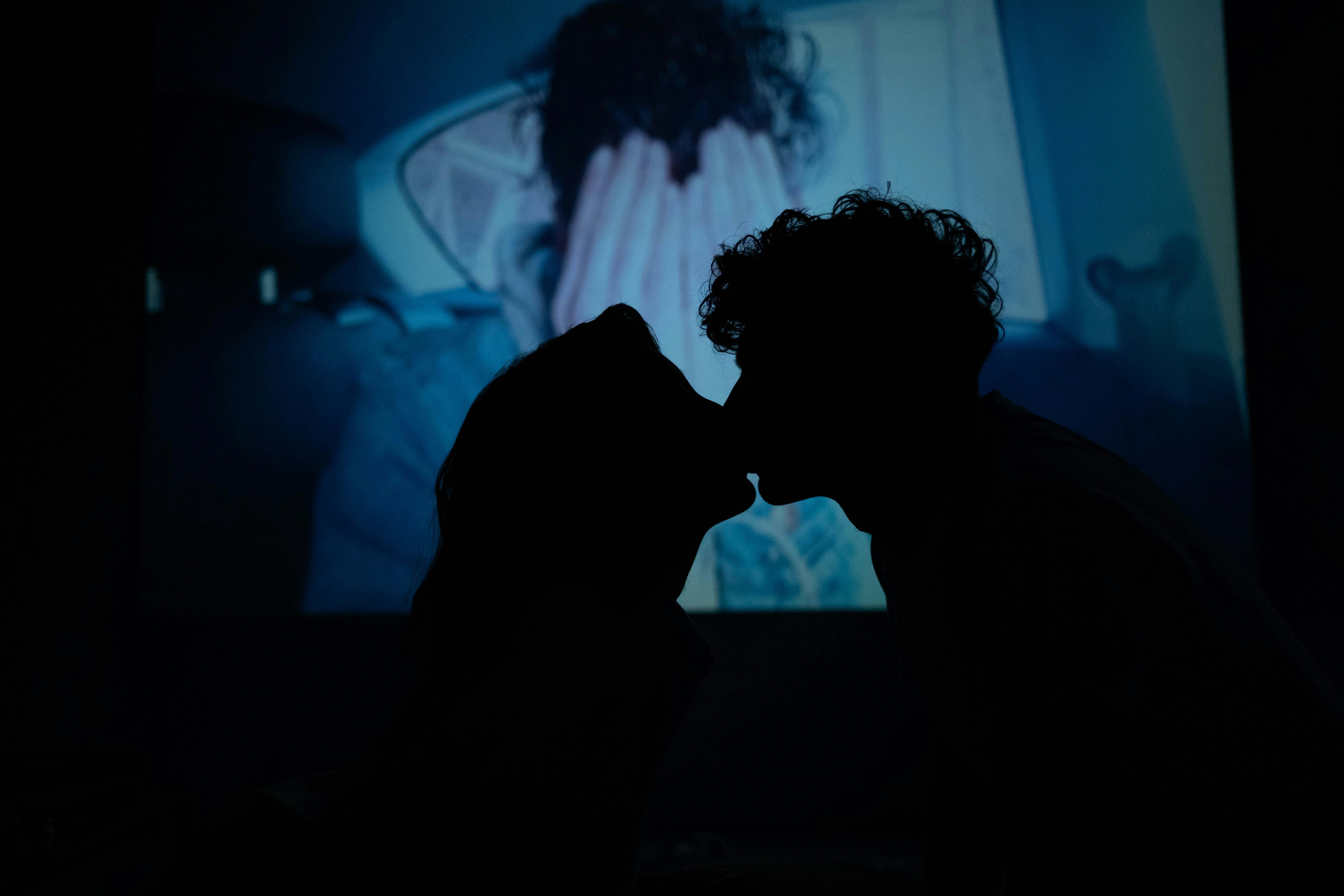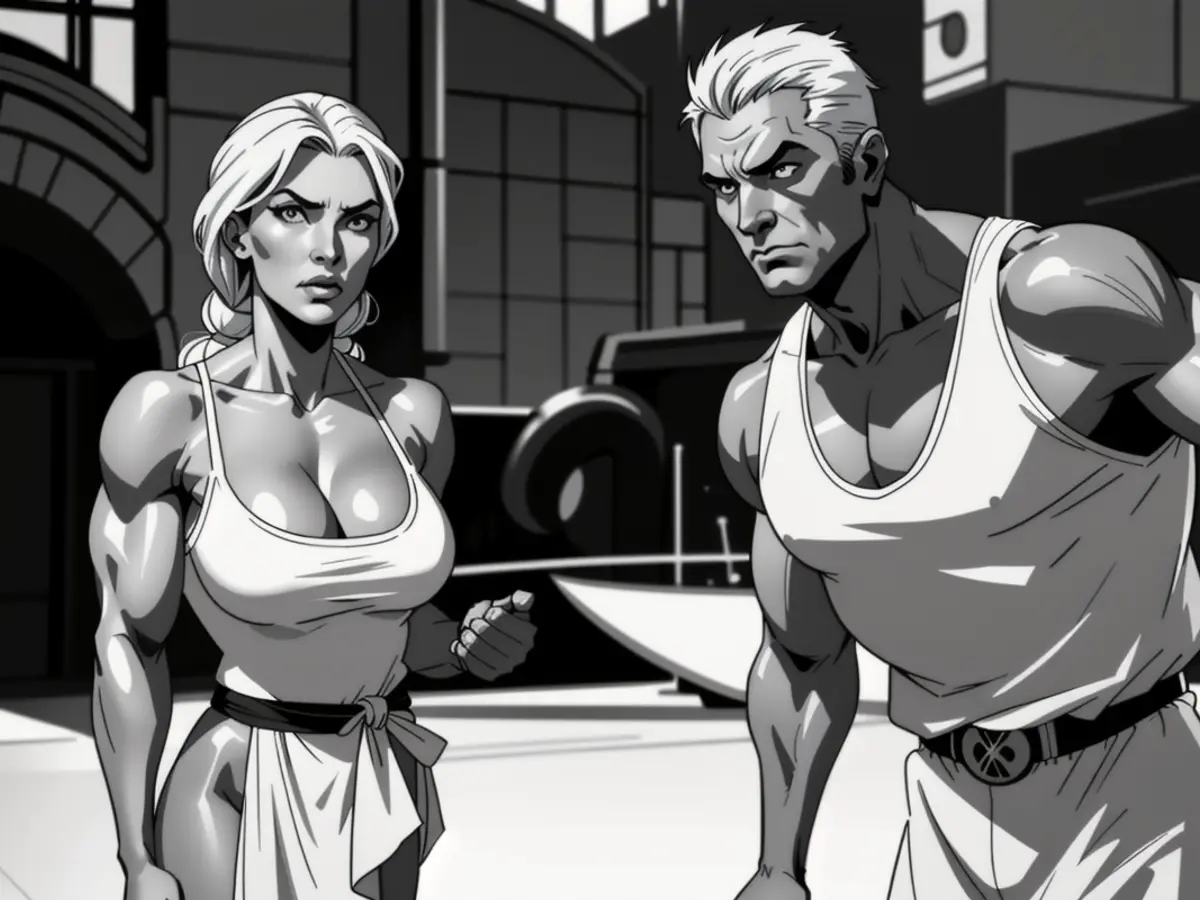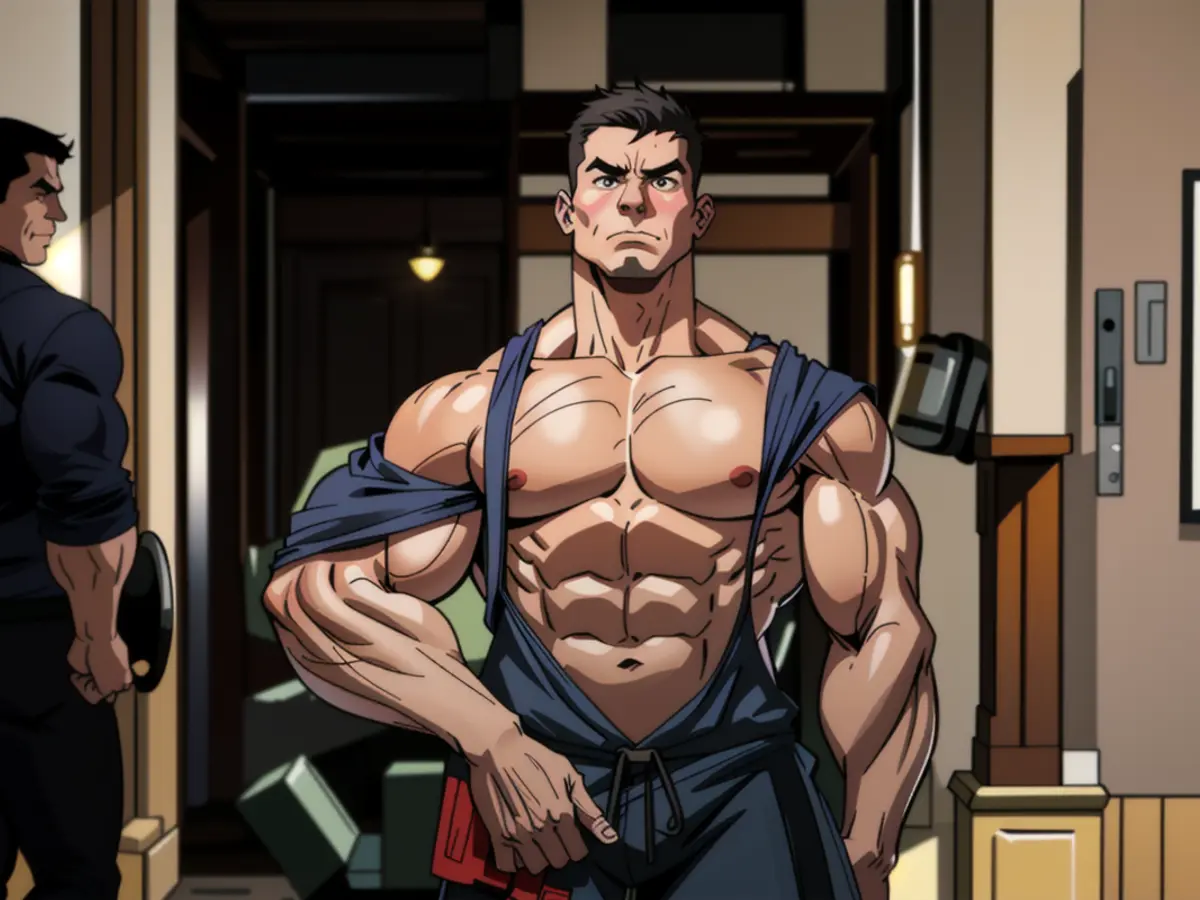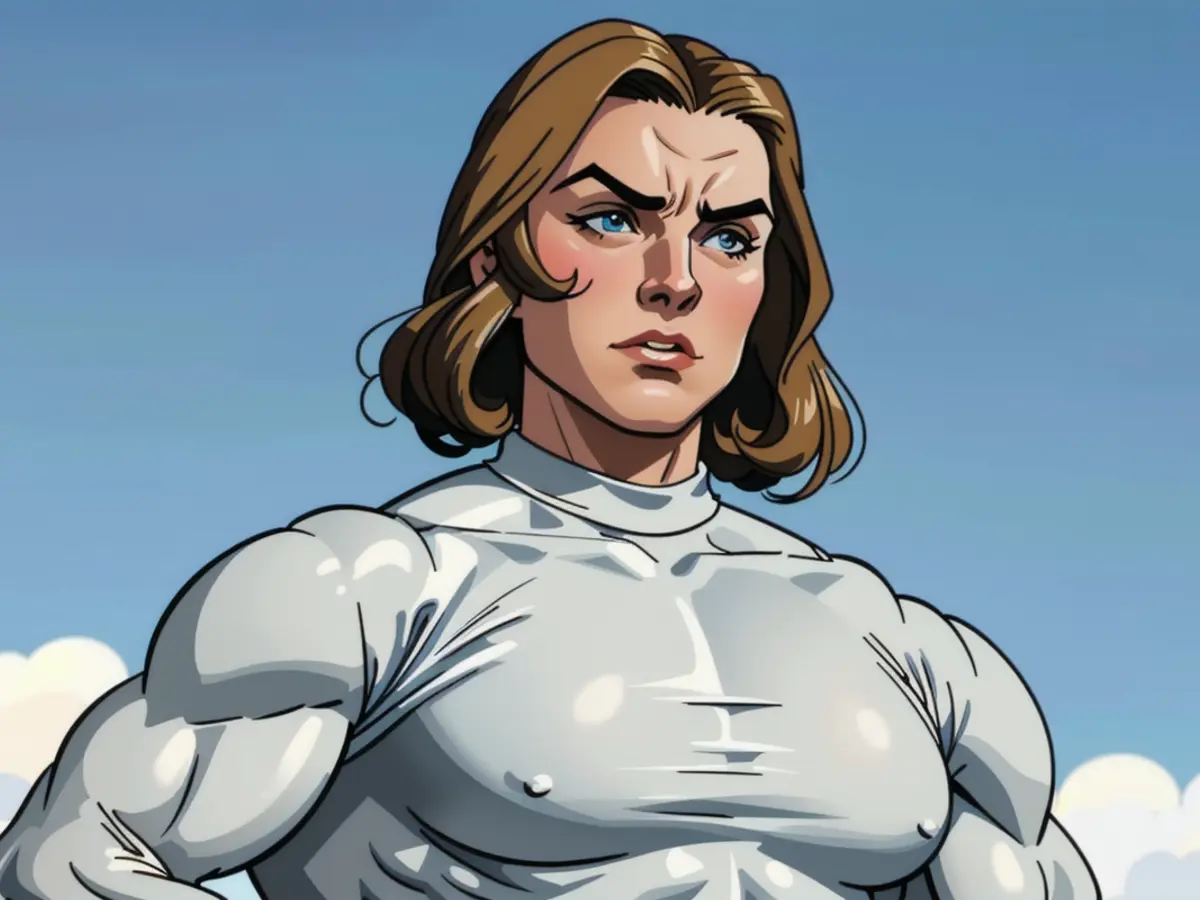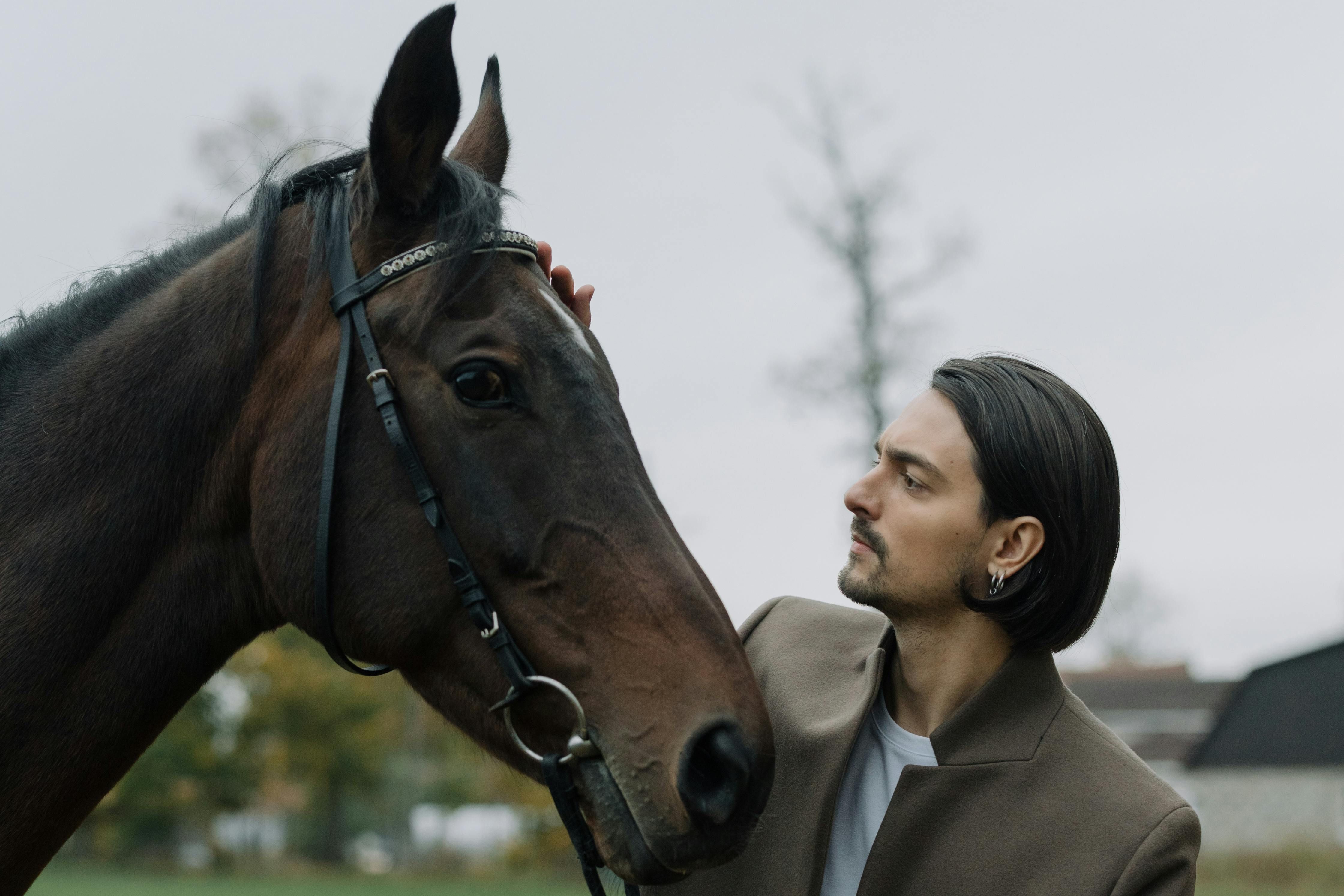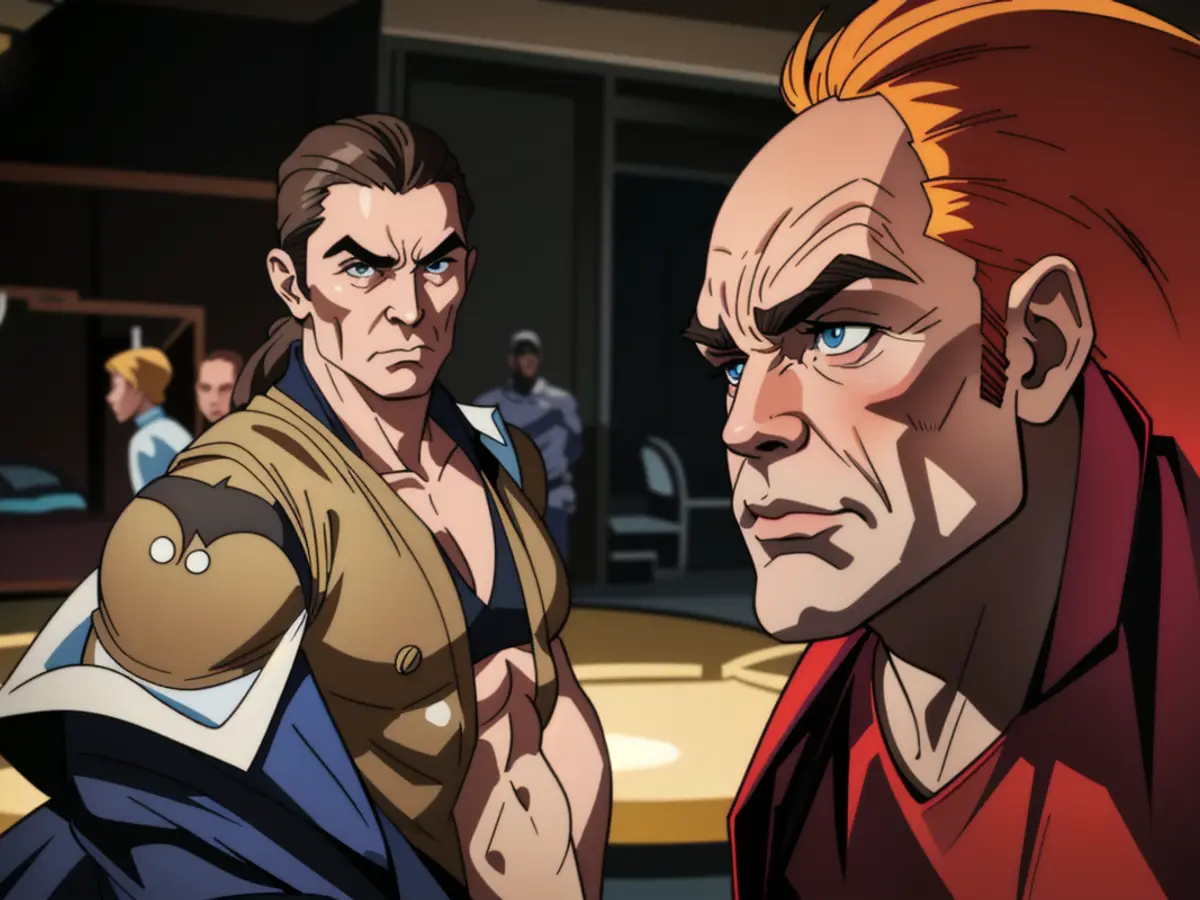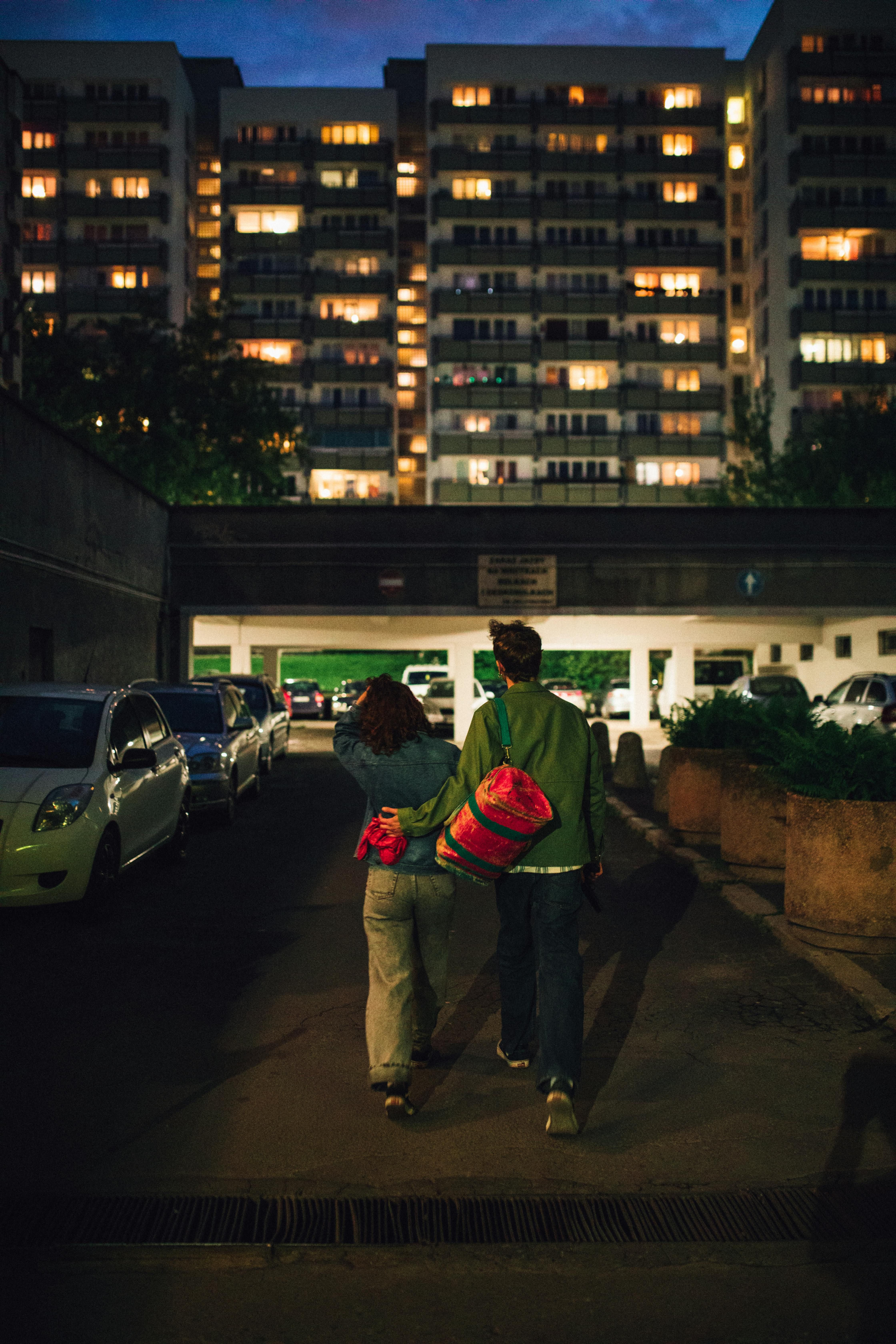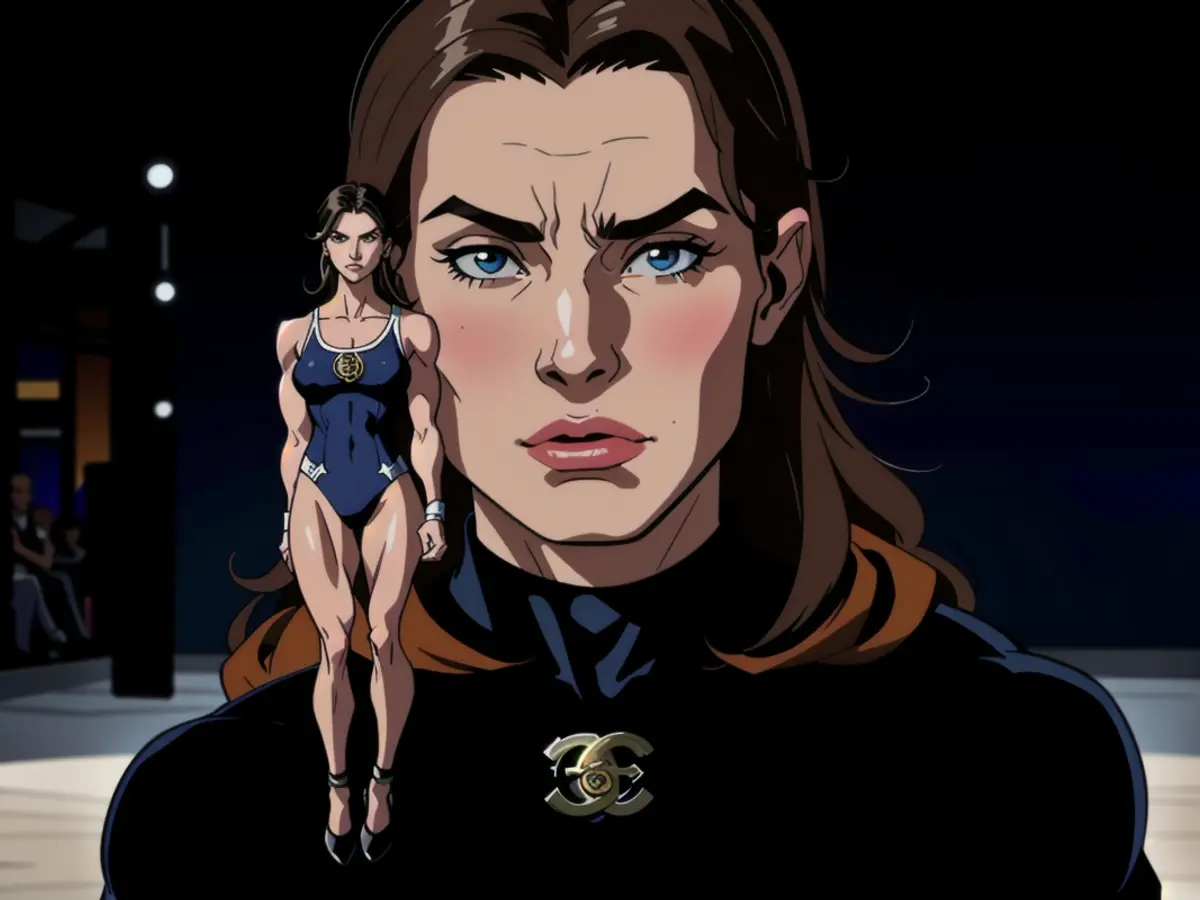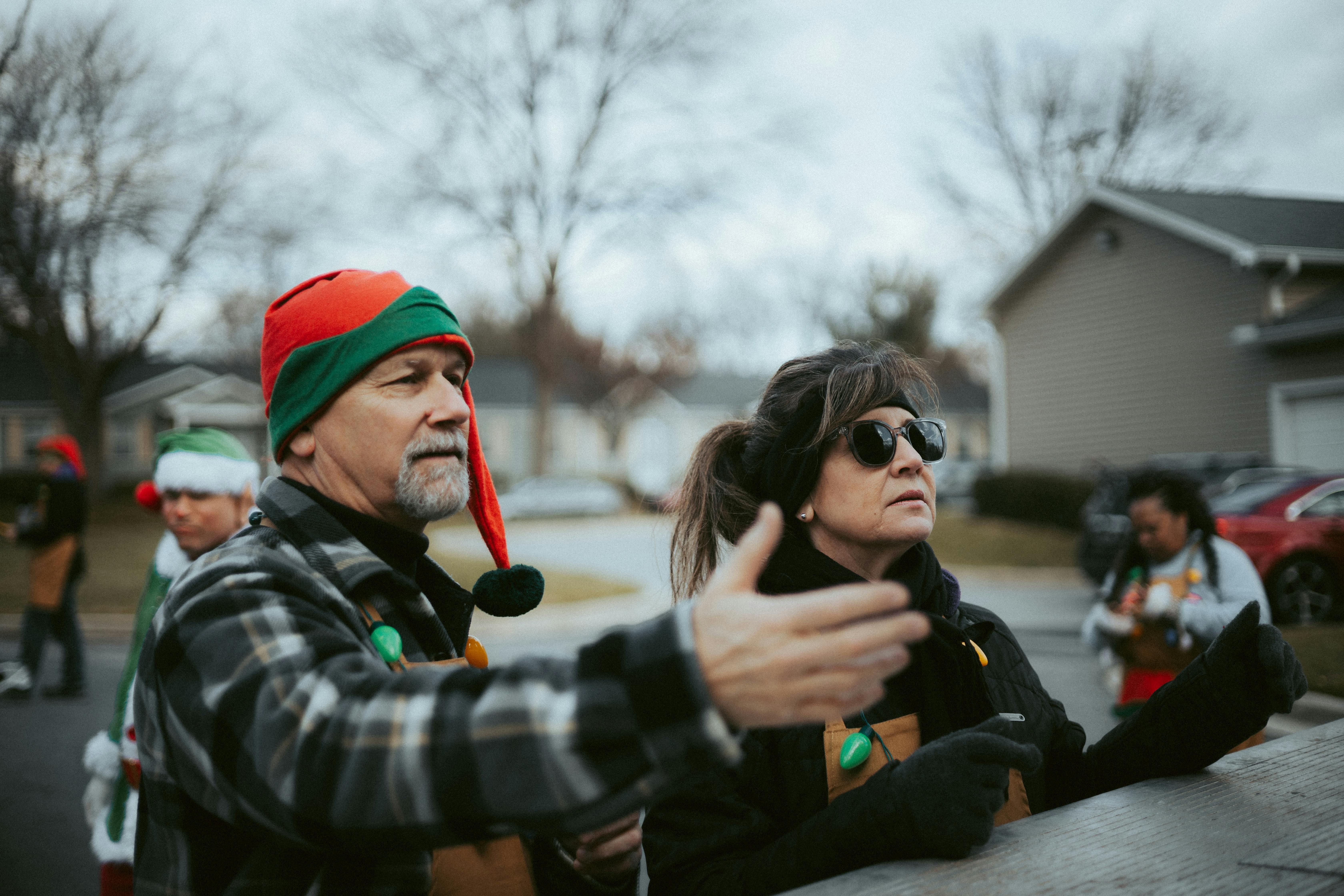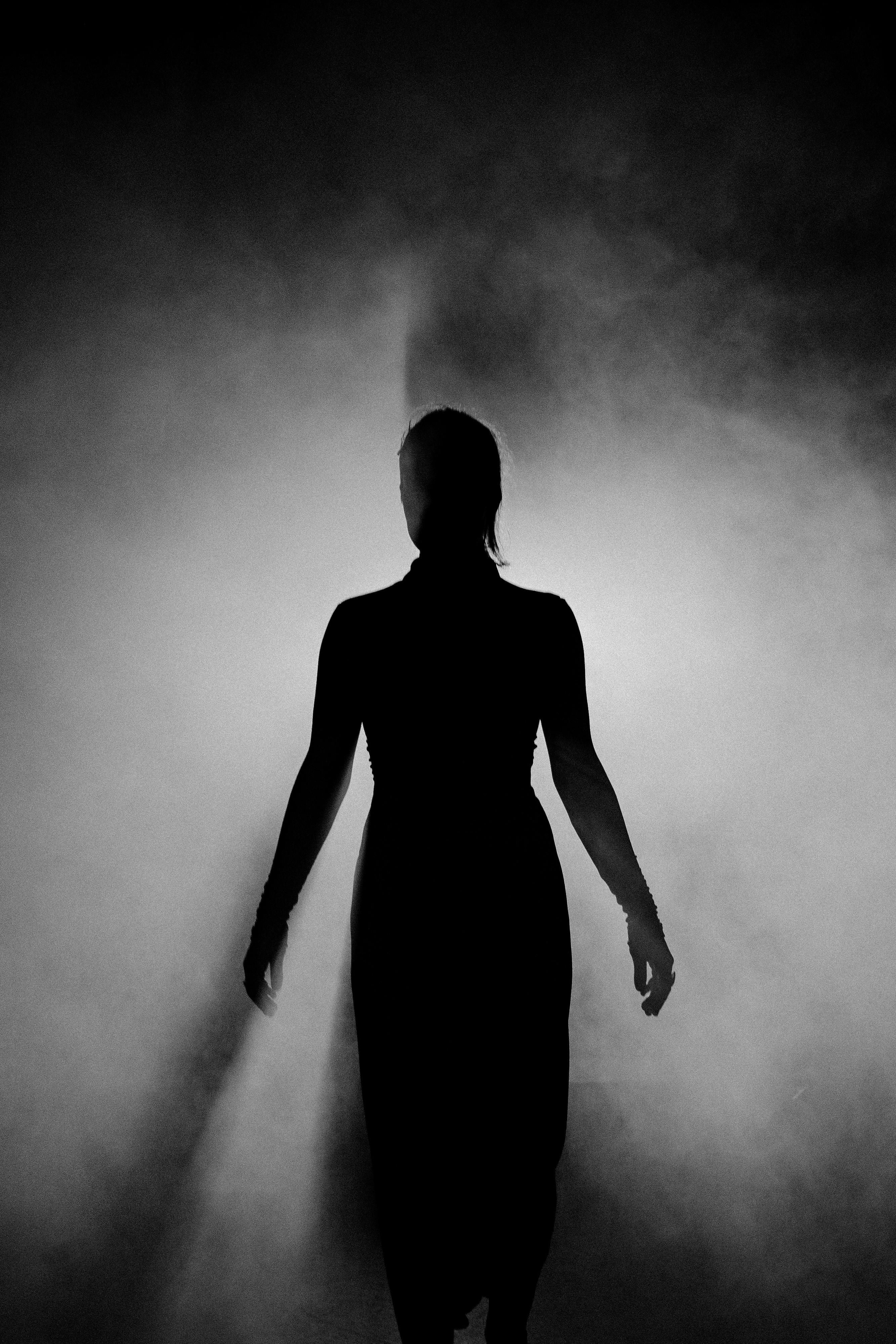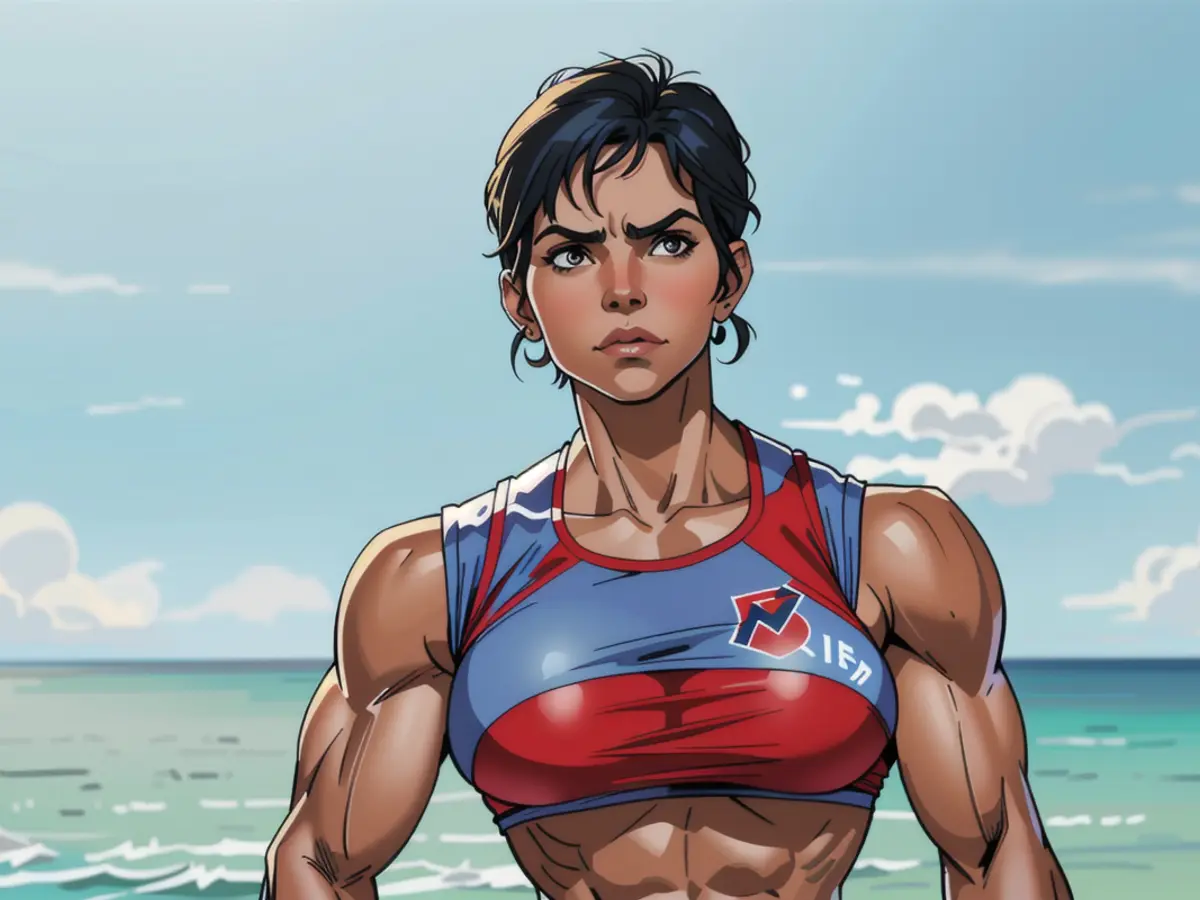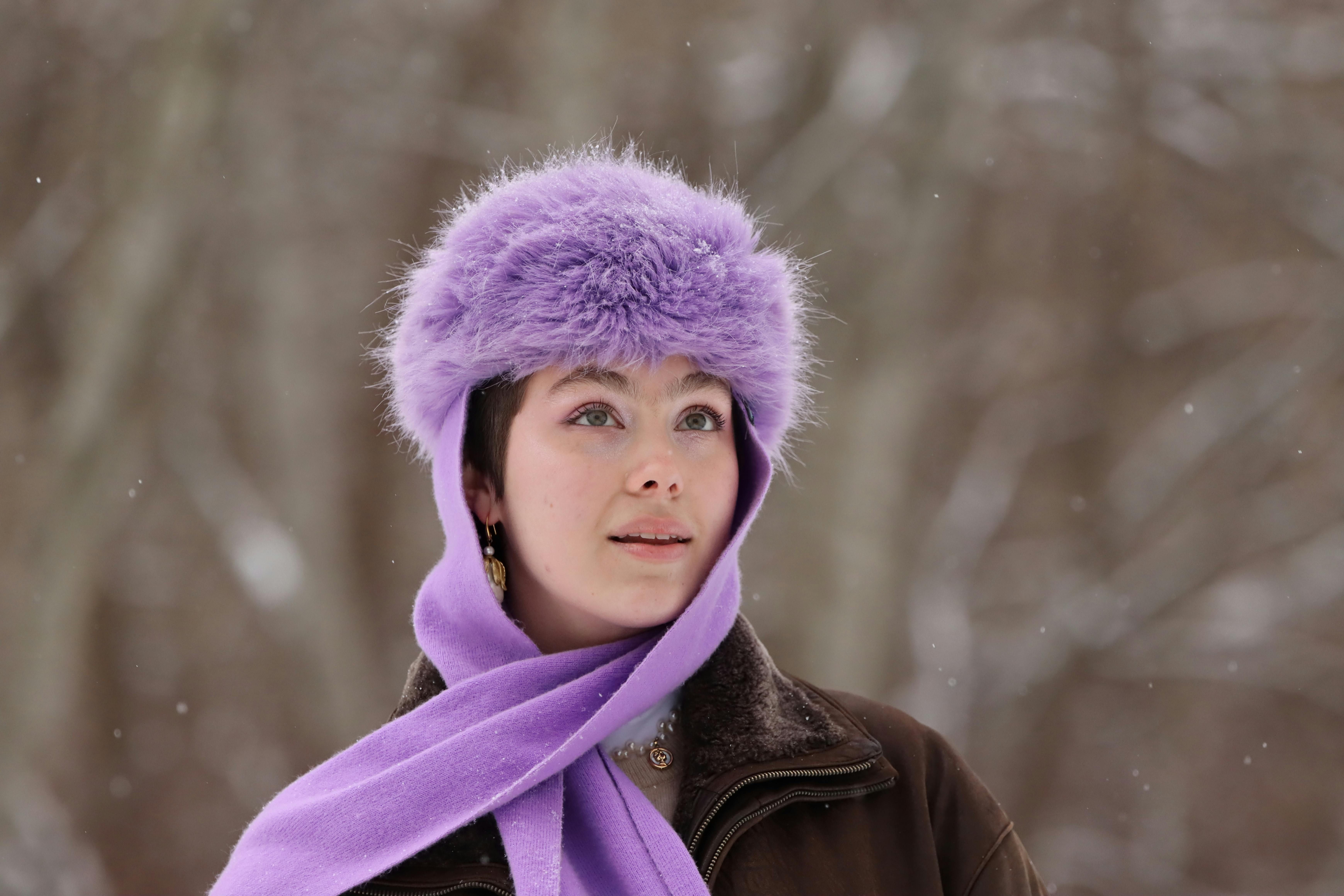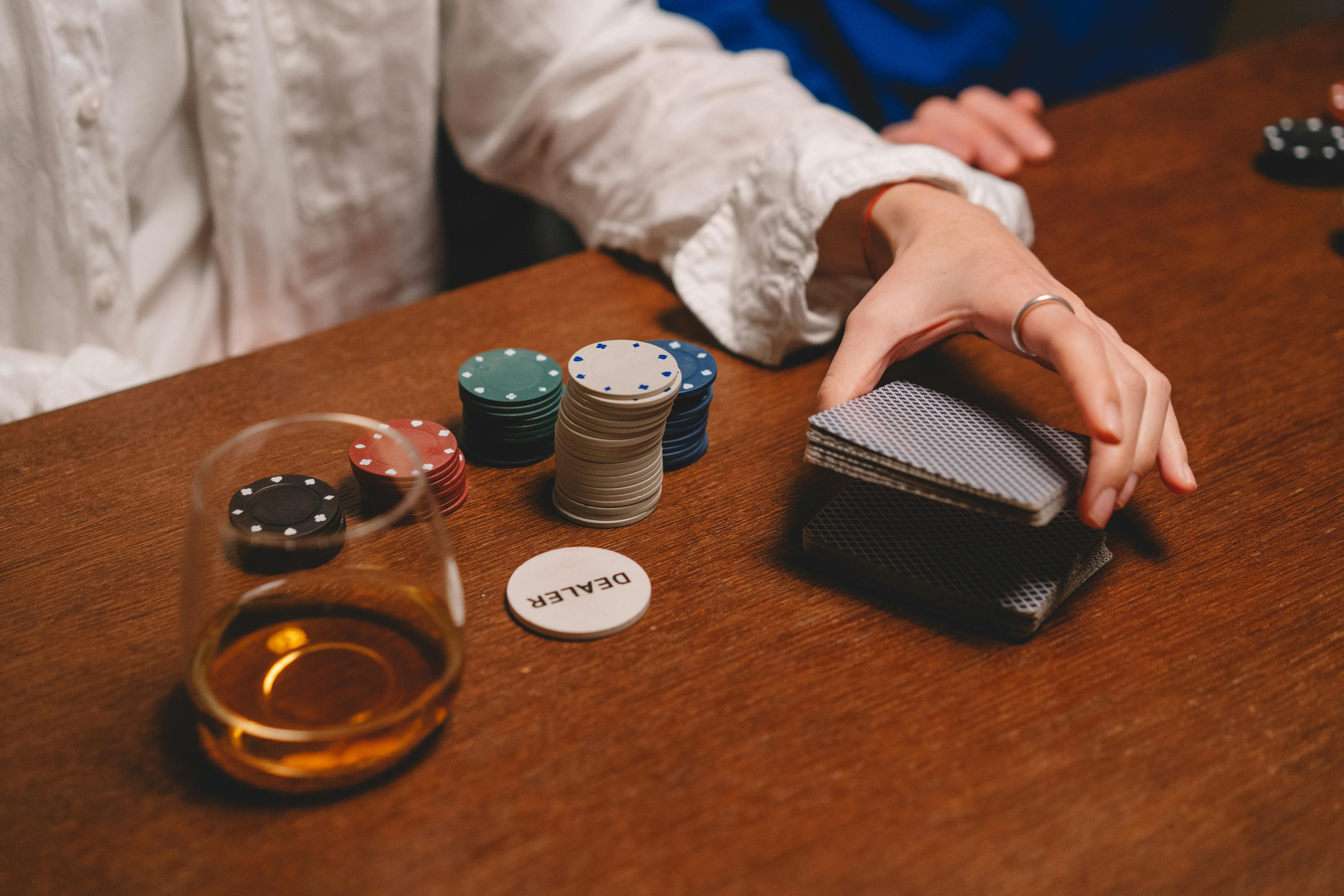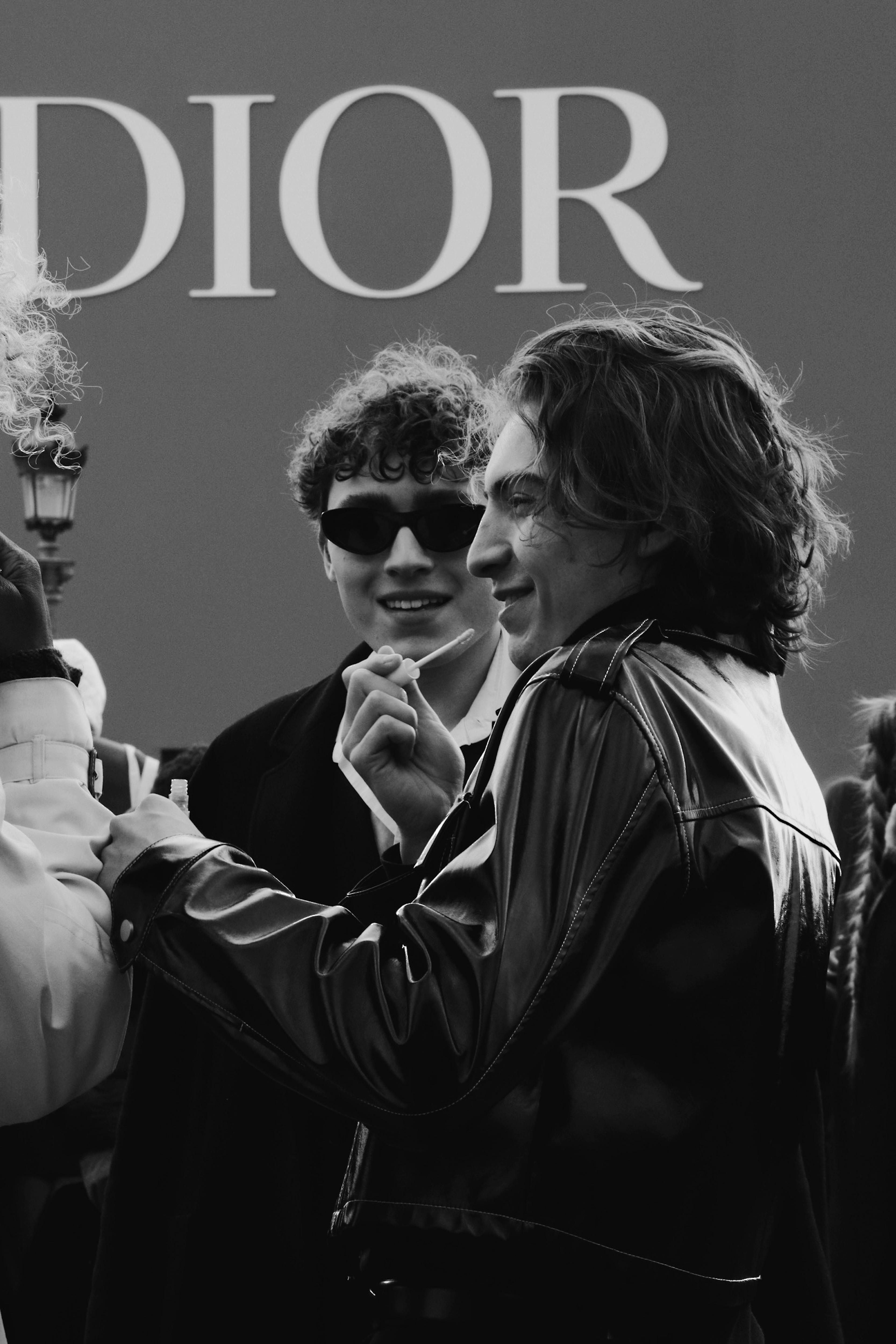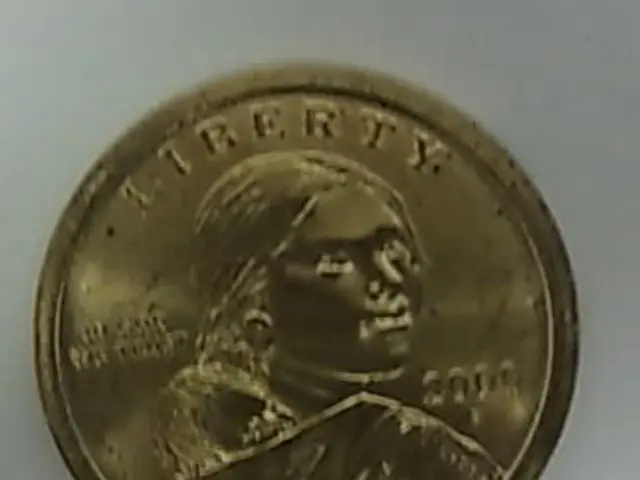Badass Bond Chicks: Evolution of the Bond Ladies Through the Decades
- Author: Christine Zerwes
- ★
Bond Ladies Transformed: A Glimpse at the Modern-Day Beauties from the Iconic Bond Series - Bond's female relationships explored
What's a James Bond flick without the leading ladies? From Ursula Andress to Halle Berry, these Bond babes have cemented themselves in pop culture history, even if their earlier depictions now appear outdated. For many, a role alongside 007 catapulted them into international stardom.
Take the iconic Ursula Andress, whose unforgettable entrance as the assertive seashell collector in a white bikini in 007: Dr. No has become a timeless memory. She clinched a Golden Globe for her performance at the time, but years later, she expresses regret over how she was treated by the filmmakers, telling "Bild" in 2024 that she received little credit for her efforts, despite their collaboration shaping the franchise's success. "Sean and I played a mean duo," said Andress, "If the first film hadn’t taken off, there wouldn’t have been any more films. I know Sean felt the same." She was paid a measly $10,000 for her role, but the film raked in a whopping $60 million at the box office.
The Bond Girl phenomenon took off after this, with many women appearing as mere decoration in skimpy attire, and some scenes revealing uncomfortable dynamics when viewed today. Even strong characters like Pussy Galore (Honor Blackman) from Goldfinger, who heads a women’s skydiving team, is forced into a kiss with Bond in a barn, only to later succumb to his charming pursuits.
With time, however, the Bond Girls have gotten tougher. Since the Daniel Craig films, the ladies have become more intricate, deeper, and pivotal to the story. The term "Bond Girl" seems outdated considering the protagonists like Eva Green’s Vesper Lynd and Léa Seydoux’s Madeleine Swann.
But even before these women, there were impressive ladies who defied the typical stereotype. Let's delve into a few of them.
- James Bond
- Ursula Andress
- Sean Connery
- Halle Berry
Evolving Portrayals
Throughout the Bond series' history, the representation of ladies has undergone significant transformation, mirroring broader changes in societal perspectives on gender roles. Initial portrayals often fit archetypes like the damsel in distress or the femme fatale, with the character of Honey Ryder (Ursula Andress in Dr. No) serving as an example. Honey is introduced in a scene where she emerges from the ocean in a bikini, becoming an immediate object of male desire whilst also portraying vulnerability as a survivor of sexual violence. Such depictions reinforced the notion that women's roles were primarily to complement Bond’s character rather than stand as equals.
A shift emerged in the late '80s and '90s, especially with Timothy Dalton's portrayal of Bond, wherein the female characters began challenging Bond instead of merely serving as love interests. Dalton's era introduced the concept of the "Bond woman," who were often more intelligent and capable than their male counterparts, albeit still within a narrative that reinforced male dominance.
With the introduction of Daniel Craig as Bond, starting with Casino Royale (2006), the depiction of Bond ladies has shifted toward complex and independent characters. Vesper Lynd, played by Eva Green, offers a prime example. In Casino Royale, she is more than a mere love interest; she has her own motivations, depth, and a tragic fate. Her relationship with Bond shapes his character, revealing vulnerabilities and emotional struggles previously absent in earlier films.
Similarly, Madeleine Swann, portrayed by Léa Seydoux in Spectre (2015) and No Time To Die (2021), continues this trend. Swann is presented as much more than a love interest; she possesses her own narrative arc, including her experiences and personal history, which provide her character with agency and depth. In No Time To Die, her role expands to become integral to the plot, symbolizing the franchise's movement towards providing female characters substantial roles.
Societal Influence and Criticism
Critics have highlighted the inherent sexism in earlier Bond films, pointing to instances of objectification and reductions to stereotypes. Helena Mirren has expressed her reservations about the franchise, citing its "deep-seated misogyny" as a significant flaw. Nevertheless, the producers have acknowledged these criticisms, demonstrating a desire to adapt to contemporary values, especially in light of movements like #MeToo. There’s a clear emphasis on crafting stories that reflect real women's contributions and experiences within the intelligence services landscape.
Conclusion
The transformation of Bond ladies from simplistic, sexualized figures to complex characters with agency reflects broader shifts in how female roles are portrayed in cinema. With modern portrayals like Vesper Lynd and Madeleine Swann, the franchise aims for a balance between its storied past and a progressive approach that acknowledges women’s intelligence and fortitude. This progression enriches the narratives within the Bond universe, aligning them more closely with contemporary cultural expectations and social norms.
- I'm not going to be a big fan of your new show, considering the history of objectifying Bond girls and questionable depictions of women in the James Bond series.
- Despite receiving a Golden Globe for her performance in Dr. No, Ursula Andress expressed regret in 2024 about how she was treated by the filmmakers and received little credit for her efforts, despite her role shaping the franchise's success.
- In contrast to earlier portrayals, modern Bond ladies like Eva Green's Vesper Lynd and Léa Seydoux's Madeleine Swann have become more complex, deeper, and pivotal to the story, reflecting broader shifts in how female roles are portrayed in cinema.
